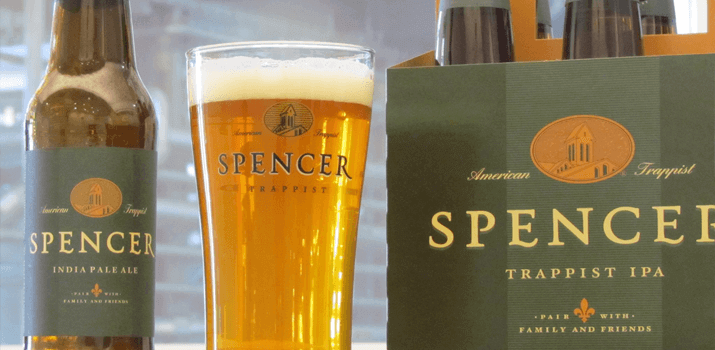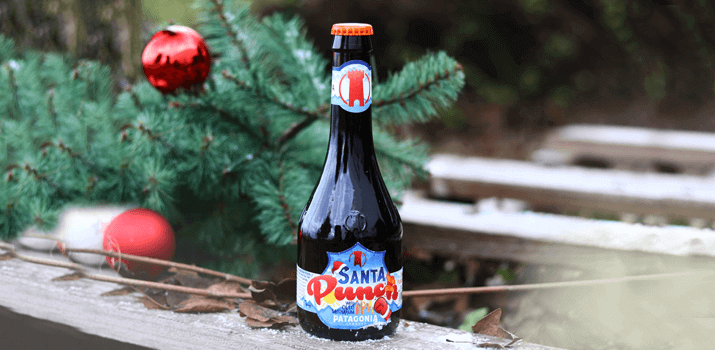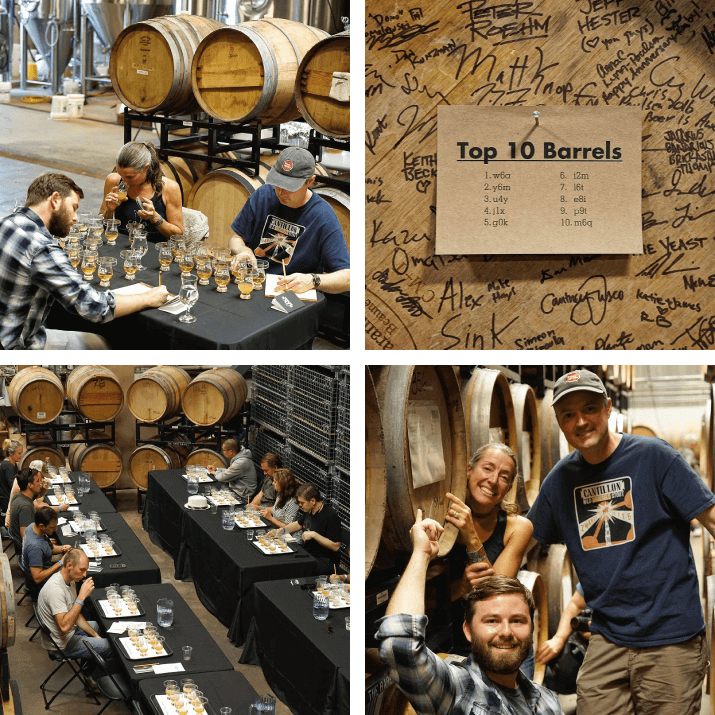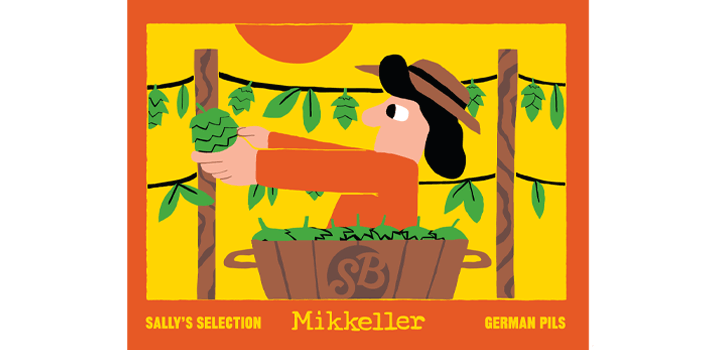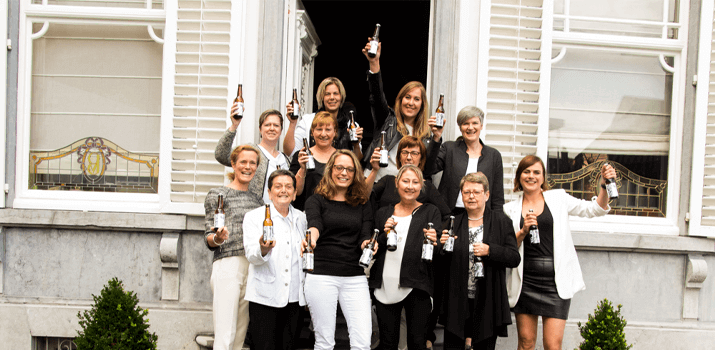The Christmas ale. The jolly, warming, merrymaking Christmas ale. Is that the sound of Silent Night being sung by a choir outside?
Or perhaps Christmas beers are just another regular beer with some cinnamon flavouring thrown in as a not-so-subtle marketing ploy, and a vaguely smart pun for a name. Pumpkin ales are divisive, and so can the Christmas ale. But should this seasonal beer also be thrown into Room 101 along with plastic mistletoe and the Furby (sorry, I mean, Hatchimal).
Perhaps first we should look at the ghosts of Christmas past to see what they were drinking… [wavy editing affect here].
According to the Oxford Companion to Beer, lambswool was one of the first Christmas ales, a frankly lovely sounding blend of roasted apples, nutmeg, ginger and honey all warmed with an ale. The name may come from the frothy head or a corruption of ‘lamasool’ – the Day of the Apple Fruit. Robert Herrick wrote in Twelfth Night, a Christmas poem from 1648:
Next crown a bowl full
With gentle lamb’s wool :
Add sugar, nutmeg, and ginger,
With store of ale too ;
And thus ye must do
To make the wassail a swinger.
Swinger, we presume, had a different meaning today. Maybe. Anyhoo, this special seasonal spicing of ale probably dates back much further. In fact, it’s the addition of spices that perhaps is one of the only attributes that ties together a vast variety of Christmas beer.
That said, Christmas ales tend to be strong ales, barley wines and old ales that are generally stronger. Common ingredients include those associated with Christmas such as cinnamon, orange, cloves and honey.
Also notable is that they are available in all the major beer drinking cultures. Britain, Germany and, of course, Belgium all have a tradition of making Christmas beers.
So on that festive note... we wish you all a very, merry Christmas.

